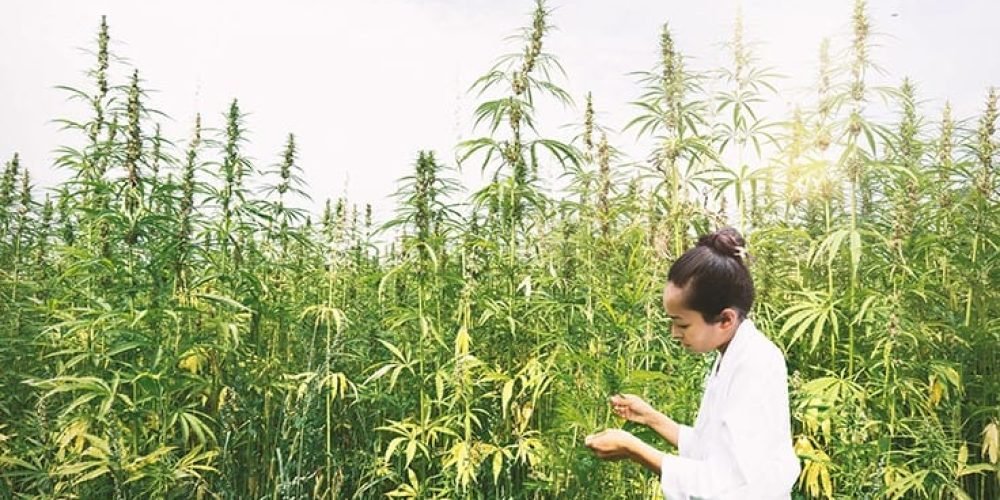对大麻或大麻进行抽样检测是该系统的重要组成部分,它使消费者有信心购买这些产品。 但是,就像在大麻和大麻世界中一样,大麻和大麻种植者如何选择样品依赖于州法律的不一致拼凑而成。
ASTM International’s Committee on Cannabis aims to bring consistency to how cannabis and hemp growers collect, retain and send samples to state testing labs with a new standard.
“State-by-state requirements for batch testing (cannabis/marijuana focused) and sampling protocols vary significantly, if they exist at all,” David Vaillencourt, an ASTM member volunteer, recording officer for ASTM’s Cannabis Laboratory Subcommittee, and CEO and founder of The GMP Collective, told CBT/HG .
“There is ongoing frustration between cultivators and labs alike, which we have all seen [finger-pointing at each other] as to why lab-to-lab variability from the same flower batch continues to be a problem,” he continued. “Spoiler alert: There are multiple factors at play here, but the most fundamental one is the lack of ensuring a ‘representative sample’ has been collected from a batch.”
READ ALSO: Canadian Cannabis Companies Sued Over Product Mislabeling
When cannabis or hemp farmers collect a sample for testing, “we need to make sure that when you send a sample in it’s actually representative of the average,” Vaillencourt said. Cultivators (moreso those cultivating cannabis or hemp for cannabinoids) today have a financial incentive to send in a sample that will test as high as possible given that wholesale value is often directly tied to THC content. But, as Vaillencourt explained, farmers who cherry-pick samples like that might be reaping short-term gains while sowing long-term trouble.
“The reality is all you’re doing is you’re kicking the can down the road to when you get sued,” he said. “You can’t just take one blueberry out of a whole field and say ‘that’s representative.’”
“Cultivators of raw cannabis/hemp plants … require analytical test results designed to define the phytochemistry or level of impurities within a given post-harvest lot,” ASTM International member Cary Black, principal consultant and CEO of CK Black Group Inc., said in a statement. “The analytical results provide data indicating the conformity of the results within the guiding pharmacopeia or regulatory conditions of the final product.”
ASTM’s proposed standard on flower sampling, which is expected to be released in roughly six months pending unanimous approval from at least 60 percent the more than 900 Cannabis Committee members (who hail from 26 countries), would detail exactly how farmers should go about collecting samples for testing. The protocols would include steps on where to take samples from multiple locations across a field or room and from different parts of individuals plants, as well as how to ground and mix the samples to form a representative sample of the entire batch or field. It is only by milling and mixing the samples together than cultivators will be able to achieve an “average” representative sample, Vaillencourt explained.
“This standard establishes minimum requirements on how much biomass to collect to be able to mix so that you can have higher confidence that your numbers, within an average and acceptable range, are realistic,” Vaillencourt said.
Beyond helping achieve representative samples for product labelling, following ASTM standards can help cultivators defend themselves in legal proceedings by being able to prove that they followed protocols adopted by an agency with 120 years of experience in standards and unanimously approved by ASTM’s Cannabis Committee, Vaillencourt explained.
“I think it’s important for folks to recognize the value of the concept of standardization,” he said. “You need to produce a repeatable, consistent product, and establishing standards and best practices is how you get there.”
ASTM的大麻实验室小组委员会还正在制定其他26个标准,从如何对提取的产品进行采样和测试,到如何存储和测试用于吸烟的大麻植物材料。 所有的小组委员会的标准,包括那些当前活动,可以发现 在这里 ,和ASTM的大麻小组委员会的完整列表,可以发现 在这里 。
转载自:采麻网
新闻取自各大新闻媒体,新闻内容并不代表本网立场









